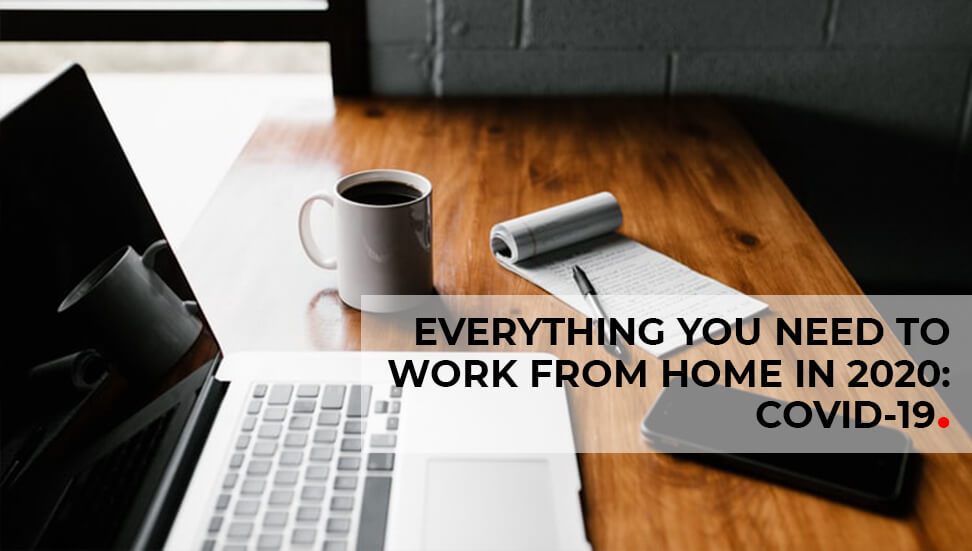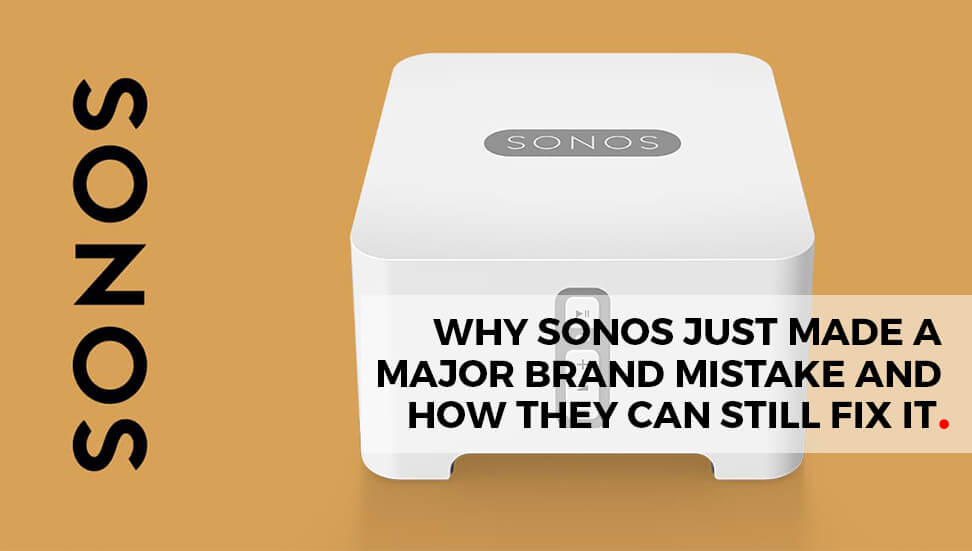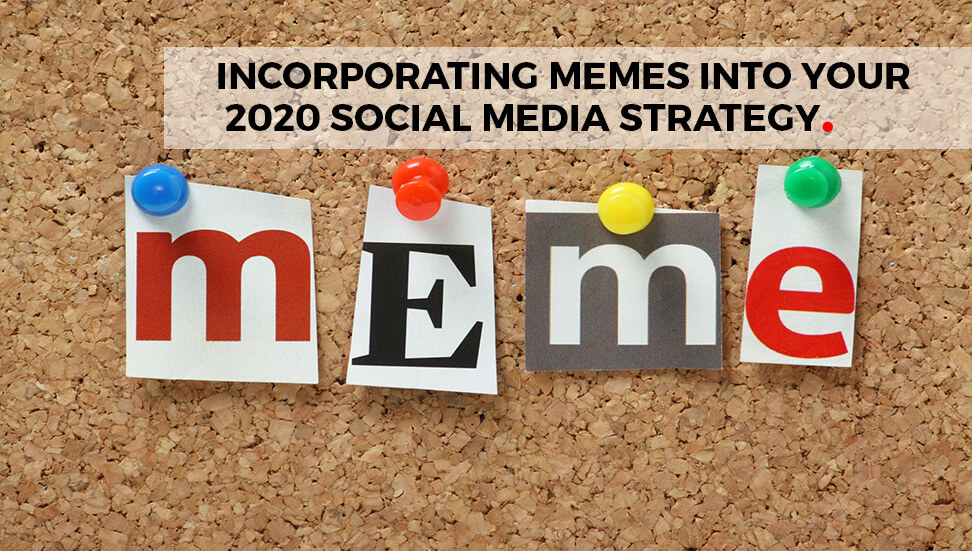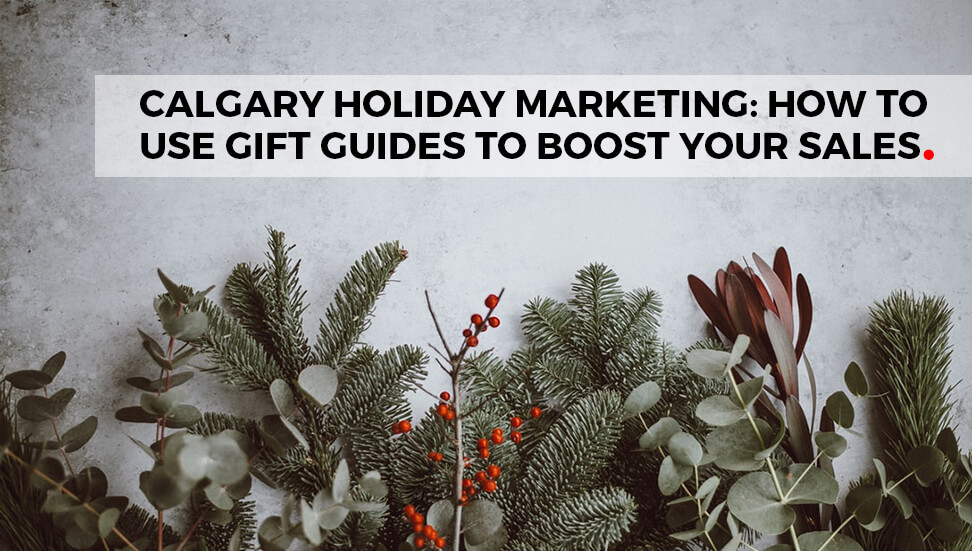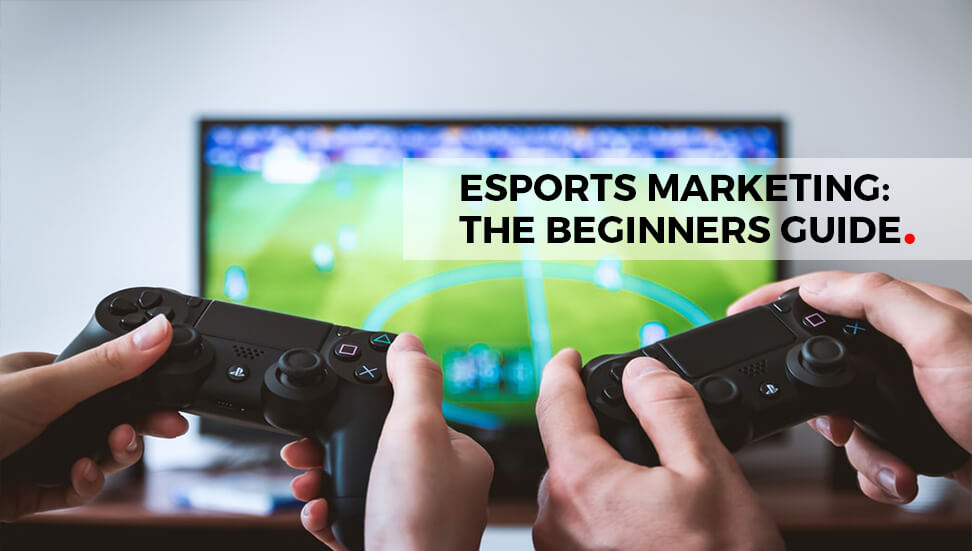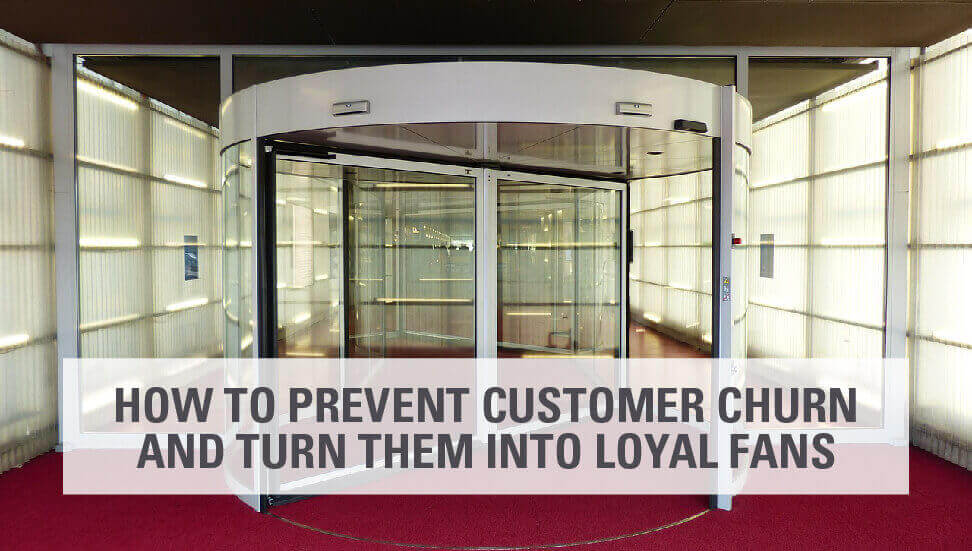How to Prevent Customer Churn and Turn Them Into Loyal Fans
Customer churn is a normal part of doing business. ‘You win some, you lose some’, has been every business person’s mantra forever, but the reasons customers churn are so diverse that is may take a while to understand. Nearly all departing customers fall into two buckets: voluntary churn and involuntary churn.
Voluntary Churn vs. Involuntary Churn:
- Voluntary churn is when an end user decides to end her subscription, either by going to a website and clicking cancel or phoning customer support.
- Involuntary churn is more common. A customer doesn’t want to churn, but his subscription fails – because of a payment issue or a change of email, or perhaps because an auto-renewal was never set up. Ultimately, your system cancels the subscriptions, and these users disappear.
Preventing Churn:
A person who stays 12 months or longer can be considered a long-term customer; avoid upsetting him, offer enhancements from time to time, don’t be afraid to send out a ‘thank you’ email every now and again – keep him happy. This is the exact customer churn you want to avoid. Many customer retention service providers suggest leaving these people alone entirely, but I recommend monitoring them over the long-term. It’s far easier to nip a small problem in the bud than luring back an old customer. Settling for happiness today can lead to obsolescence and frustration tomorrow.
The most efficient way to manage churn is to select a customer retention solution that flags churn risks. Predictive churn systems, for example, can provide a probability (0-100%) that somebody will churn in a defined period—say, one month, three months, or one year.
You can decide whom to focus on, but a good rule of thumb is to actively target clients above 75% likely to churn within the next three months. By zeroing in on high-risk churners, you can identify why they’re high-risk, and address them accordingly. Often, the reasons are simple—maybe they just turned off auto-renewal, in which case you can remind them to re-subscribe at the most propitious time.
Involuntary churn, because it doesn’t result from unhappy customers, is easiest to fix and therefore should be prioritized. Much if it is because your machine talks to another machine, rather than have real people averting errors – such as an automatic subscription and a bank, or e-commerce site and a payment company.
Your retention solution should directly target the culprits of involuntary churn; whichever solution you choose, look for the following options:
- A card updater, which limits subscription renewal failures by refreshing credit card information. Churn often happens when banks issue new cards and the old ones on file fail during auto-renewal. A card updater prevents that from happening.
- Banks’ front-end systems sometimes refuse payments out of safety concerns, often during occasions outside working hours when they don’t have access to a person’s real-time balance. Find a system that optimizes successful payments by avoiding such windows of time.
- Finally, check for a payment retry mechanism that attempts to get a payment through multiple times, without re-engaging the customer right away.
Simply implementing a solution with those options can reduce your churn by up to 50%.
To mitigate voluntary churn on an ongoing basis, stay plugged into your editors, users, and anyone minding a consumer touchpoint. Find out when, and why, people most often voluntarily churn. It may be because they called tech support a few times for an issue. Or maybe they liked some things you offered, but not everything. A slew of factors can coalesce to produce voluntary churn.
Here are our top tips for preventing customer churn:
-
Make it easy to get help:
Regardless of how much a customer is spending with you, she is entitled to assistance. Newer customers, especially those in the trial period, should have frictionless access to support without having to work too hard. Such access will make them feel valued.
-
Communicate best-practices:
Whether you dedicate a portion of your site to case-study or Q&A videos on how to achieve certain tasks, or you create a forum for sharing tips, help your customers to maximize the service experience on their own.
-
Build feedback on your improvement process:
Maybe you do so through reviews, surveys, or a special alpha test groups. However, you do it, being a good listener is the key to successful software and product updates. Each improvement is a chance to address issues that your clients have flagged for you.
-
Cultivate brand stickiness:
- Facebook research shows that users who drew seven more friends to a service in their first 10 days were more likely to be retained, so monitor your platform for much-used services or consistent behaviors – then find ways to amplify them. If you observe friction – such as people having trouble finding a given service – smooth the path as quickly as you can. Doing so ensures you slip seamlessly into the lives and rhythms of users, and make yourself easy for them to advocate.
-
Monitor customer satisfaction:
- Ensure you have a system in place to flag problems and act on them. Did your churner call or email your customer support line three times, with no luck at solving their problem? Create avenues for them to tell you about issues like this— after all, there are many social media channels that are endlessly watched and monitored on both sides – before they’ve churned.
-
Analyze the data and context around existing voluntary churn:
- If you see a significant drop-off in engagements accompanying a high rate of churn, it’s likely customers have become disengaged. After all, you should be monitoring any significant drop-offs in engagement as it is valuable information for your marketing strategy.
-
This one is tough but important:
- Re-engage voluntary churners by creating even more relevance for them. A discount may be sufficient, or you can offer a reduced long-term price for only the services they want. If your customer likes only sports content, propose a package that offers that, and nothing else. After you have them back will be the time to upsell other services or sales offerings, but they have to be a customer first.
Successful companies should grow organically alongside their market. Evolving along with your users—and surprising them by rewarding their loyalty – will dramatically decrease churn as you both grow. Preventing customer churn is good for you and the customer, using these tips should keep everyone happy.

